Small differences in design can have a big impact on long-term performance. This is especially true when it comes to choosing the right metal panel for your roofing or siding project. One question we often hear is: “What’s the difference between R Panel and PBR Panel?”
While these two panels look almost identical at a glance, they serve different purposes. Choosing the right one depends on how and where you plan to use it.
In this guide, we’ll break down the differences between R Panel vs. PBR Panel, explain why it matters, and help you decide which panel is the best fit for your building project.
Understanding R Panel and PBR Panel
Both R Panel and PBR Panel are widely used in metal building construction, thanks to their durability and versatility. You’ll find them on everything from commercial warehouses and agricultural barns to garages and utility sheds.
The main difference lies in what’s called a purlin bearing leg. PBR Panels include a small extension at the edge of the panel that overlaps with the next panel and rests directly on a structural support like a purlin or joist. R Panels, by contrast, do not have this added leg.
While the change is subtle in appearance, the result is meaningful. That bearing leg gives PBR Panels extra stability at the lap joint, which improves alignment, increases strength, and helps with load distribution. This makes PBR the preferred option for many roofing applications, where panels are exposed to wind, water, and weight over long spans.
Performance in Roofing vs. Siding
If you’re building a roof, especially on a structure with long spans or exposure to severe weather, PBR Panels offer stronger performance. The added bearing leg supports the panel where it overlaps, creating a more secure connection between sections. This not only improves the structural integrity of the roof but also enhances water resistance by creating a tighter lap that sheds rain and snow more effectively.
On the other hand, R Panels are often used for siding or wall cladding, where the load demands are lower and the overlap support isn’t as critical. They still offer reliable protection and are frequently used on barns, garages, and commercial buildings. They’re also common for interior liner panels or decorative installations.
Where Each Panel Makes the Most Sense
For roofing applications on commercial, agricultural, or steel-framed buildings, PBR Panels are the stronger and more reliable option. Their structural advantage becomes clear when you’re dealing with high winds, heavy rain, or snow loads. Over time, that added strength can also reduce maintenance and improve longevity.
If your project involves vertical installations where durability isn’t a requirement, R Panels may be the more practical choice. For structures where roofing performance isn’t a factor, such as fencing, interior walls, or decorative applications, R Panels do the job well.
So Which One Should You Choose?
It really comes down to how the panel will be used. If you’re building a roof that needs to stand up to the elements and perform over time, go with PBR. If you’re installing interior paneling or fencing where structural demands are lighter, R Panel is a solid option.
Watson Metals carries PBR Panels in a variety of colors and finishes and are manufactured to meet the demands of commercial, residential, and agricultural projects across Tennessee and Kentucky.
Still Have Questions?
Choosing the right panel isn’t always obvious. That’s why our team is here to help you weigh the options and find the panel that makes the most sense for your build. Whether you need strength, style, or something in between, Watson Metals can help you get the job done right.
Get in touch with us today to learn more about PBR Panels, request pricing, or talk through the specifics of your project.

